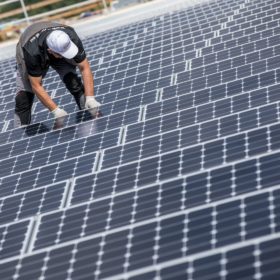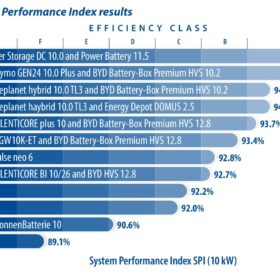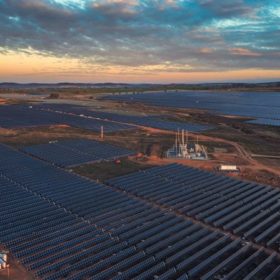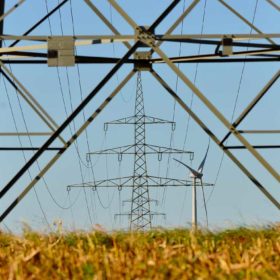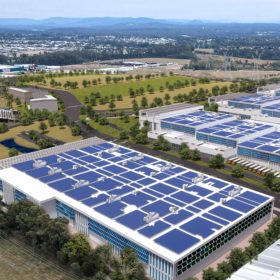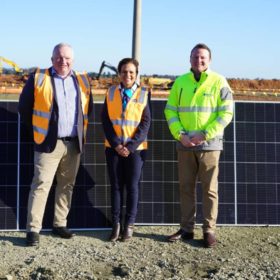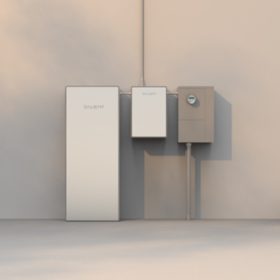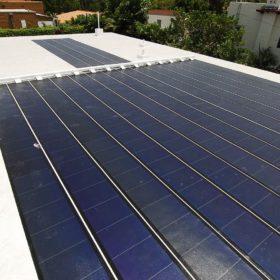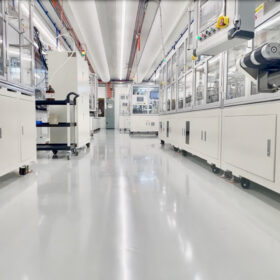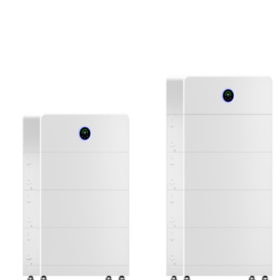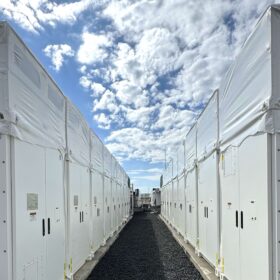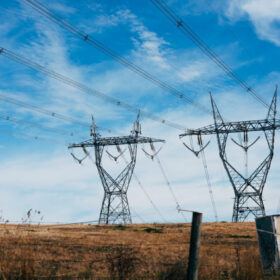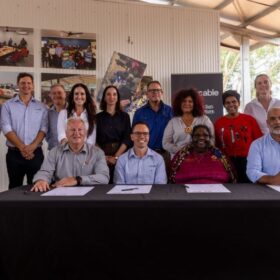Study shows solar panel output exceeds energy input by 100 times
The green credentials of solar PV technology have been reinforced with Singapore-headquartered manufacturer Maxeon Solar Technologies releasing details of an independent study that shows the energy output of its Maxeon 3 panels is more than 100 times greater than the input required to make the solar panels.
Weekend read: Batteries are getting better
Battery energy storage systems (BESS) are getting better, according to the Energy Storage Inspection 2022 report by the University of Applied Sciences, HTW Berlin. The fifth edition of the study assessed 21 storage systems and found that while only two of the BESS studied were categorised as being efficiency class “A” in 2020, that number grew to six in 2022.
Canadian Solar sells two Australian solar farms to US interests
Chinese-Canadian PV heavyweight Canadian Solar has for an undisclosed sum offloaded two of its Australian utility scale solar power projects with a combined generation capacity of 260 MW to an offshoot of United States renewable energy giant Berkshire Hathaway Energy.
On the fringe: Outer edges of NEM most prone to volatile MLFs
One of the most characteristic features of Australia’s National Electricity Market is the sheer length of the entire network. With roughly 40,000 kilometres of high voltage transmission lines spanning a physical distance of around 5,000km, we have one of the longest interconnected electricity grids in the world.
Quinbrook unveils plans for 2 GWh big battery in Brisbane
Queensland-based energy investment manager Quinbrook Infrastructure has unveiled plans to build a $2.5 billion data storage precinct in Brisbane that will be powered by renewable energy and include one of the largest battery storage installations in the National Electricity Market.
IEA warns one-third of global PV manufacturing capacity at risk of bankruptcy
A new report from the International Energy Agency stresses the importance of geographically diversifying the global PV supply chain. This would prevent supply chain vulnerability to bankruptcies and underinvestment.
Mytilineos achieves construction milestones on Australian solar farms
Greece-based industrial conglomerate Mytilineos continues to notch up renewable energy milestones in the Australian market with construction commencing on the 75 MW Wyalong Solar Farm in the New South Wales Riverina region.
Singapore regulator issues fresh appeal for clean power
Singapore’s Energy Market Authority has already attracted proposals for 1.2 GW of renewable electricity, to be generated in four southeast Asian nations, and wants to raise that figure to 4 GW by 2035.
Water-based zinc-ion battery for stationary energy storage
Salient Energy developed the water-based zinc-ion battery to have the same power, performance, and footprint as lithium-ion systems without the safety risk.
Thin film solar may have carbon intensity advantage over silicon
Thin-film cadmium telluride panels may have a US$0.02 to US$0.04 per watt carbon cost advantage over traditional polysilicon, said the National Renewable Energy Laboratory in an analysis of embodied carbon, embodied energy, and energy payback.
